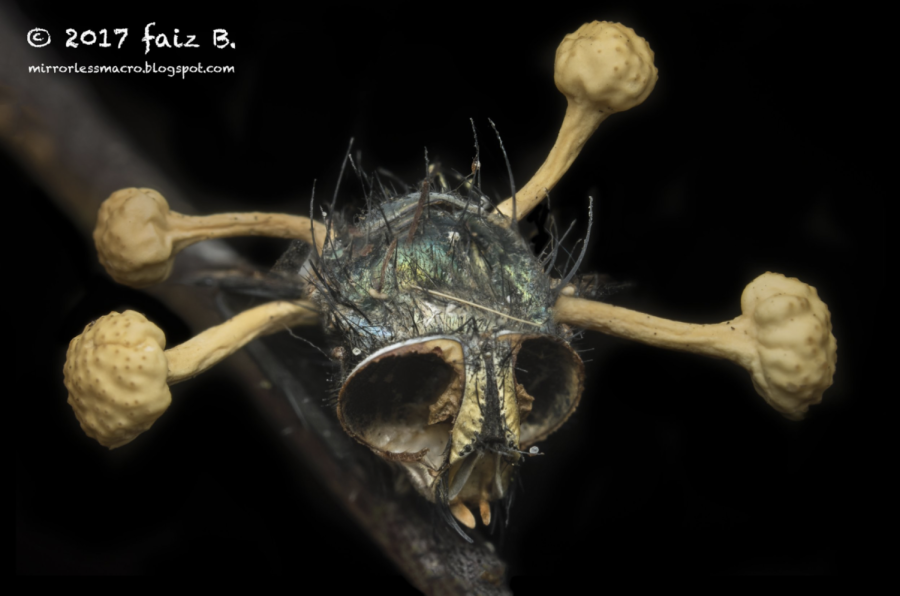Mushroom Brains: Zoonotic Spillover, Apocalyptic Mutations, and HBO Max
An unfortunate end for a cordyceps-infected insect.
It’s safe to say that HBO Max’s recent apocalyptic release, The Last of Us, has left viewers with a newfound appreciation for videogame adaptations, an attachment to Pedro Pascal, and the unfortunate dread of impending doom for human civilization — just a few mutations away.
The premise for The Last of Us is completely hypothetical, though arguably closer to reason than any predating zombie interpretations. Rising from the dead hasn’t manifested into a scientifically-proven concept to date, though the cordyceps brain infection is a notable extension of mother nature’s remarkable outreach. Ophiocordyceps unilateralis, or cordyceps (our fungus of focus), is driven to cultivate, propagate, and overtake. Its spores seek out unsuspecting insects before attaching and spreading, via mycelia, toward their brains. Once a puppet of the fungus, the insect will be manipulated into maintaining its position just long enough for the cordyceps to flourish within its dying carcass, eventually sending out spores to prolong the cyclic spread. The process is inexplicably and beautifully gruesome, though such abilities are confined to the brain cells of insect species, right? In the prologue of episode one of The Last of Us, an epidemiologist from the ‘60s introduces his thoughts on the concept of fungi pandemics expanding to humans: “One gene could mutate, any one of them could be capable of burrowing in our brains and taking control not of millions of us but billions of us; puppets with poisoned minds, permanently fixed on one unifying goal, to spread the infection to every last human alive by any means necessary. And there are no treatments for this, no preventatives, no cures, they don’t exist and it’s not even possible to make them. We lose.” Rather than reassuring you of the impracticality of such an occurrence, let’s unpack its legitimacy.
Zoonotic spillover, the spillover of zoonoses, is when pathogens found in other, typically wild, animals brave the bridge between species (specifically humans). About 70% of infectious human disease originates in other organisms, and it’s not impractical to imagine cordyceps, as has legitimately occurred with other pathogenic fungi in the past, managing to transcend species barriers through a few mutations and the medium of a plant or grain. This is the case with flour in episode one of The Last of Us: Joel and Sarah (one of the dual protagonists and his daughter), narrowly avoid becoming infected themselves after declining biscuits and forgetting cake mix. The only questionable adjustment promoted in the series is how the fungus furthers its spread: insects, after a brief episode of figurative ventriloquy, slowly disintegrate before the cordyceps can delicately release deadly spores — not quite the manic zombie apocalypse. Though that’s not to say violent action can’t be prompted by other pathogenic fungi. The most recent example is from 1951 when infected rye bread caused mass hysteria and even a young girl to attempt subconscious murder.
The chances of an apocalyptic outbreak occurring anytime soon are slim, though the prospect of such feasibility situates a new lens on a seemingly unsuspicious story of mushroom brains.

